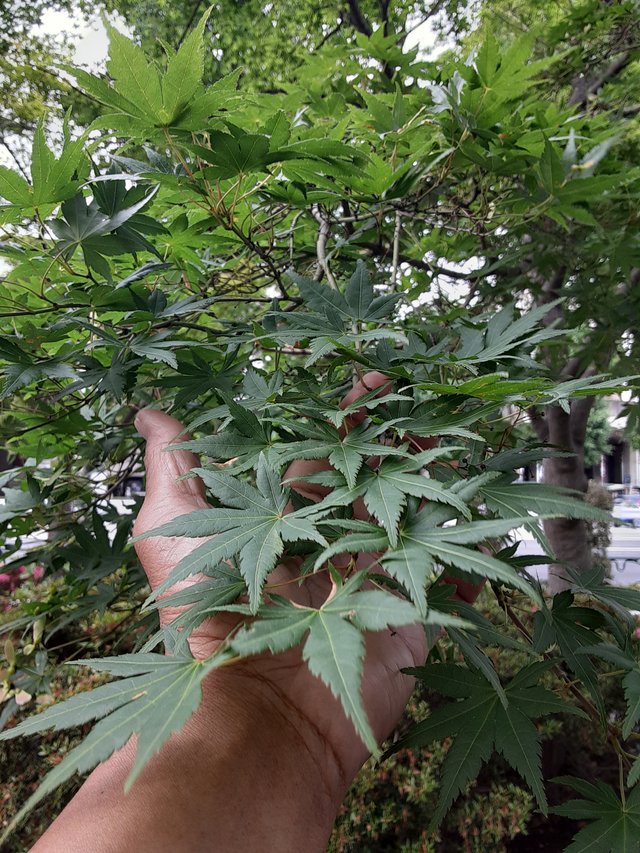
Acer palmatum, also fondly known as the Japanese Maple, is a stunning deciduous shrub or small tree prized for its exquisite leaves. Native to Japan, Korea, China, and parts of Mongolia and Russia, these plants boast a graceful presence and are a true delight for gardeners.
Captivating Leaves:
The star attraction of the Acer palmatum is undoubtedly its foliage. The leaves are palmately lobed, resembling an open hand with outstretched fingers. They typically have five, seven, or nine lobes with pointed tips, creating a delicate and intricate appearance.
These captivating leaves showcase a mesmerizing transformation throughout the seasons. During spring, they emerge in a fresh and vibrant green, adding a touch of life to the landscape. As summer progresses, the green foliage remains lush and provides beautiful shade.
Fall Spectacle:
However, the true magic unfolds in autumn. Acer palmatum puts on a breathtaking display of color as the leaves transition into fiery hues of red, orange, yellow, and purple. The intensity and specific shades can vary depending on the cultivar, but the overall effect is undeniably stunning. This vibrant transformation is a major reason why Japanese maples are highly sought after for creating a spectacular fall garden.
Variety and Cultivation:
There are numerous cultivars of Acer palmatum available, each offering unique characteristics. Some popular varieties include the laceleaf Japanese maple (known for its delicate, finely dissected leaves), the coral bark maple (recognized for its vibrant coral-red bark), and the weeping Japanese maple (characterized by its cascading branches). This vast selection allows gardeners to choose a cultivar that perfectly complements their landscape design.
Growing Acer palmatum requires well-drained, acidic soil and a location with partial shade, especially in hotter climates. With proper care, these plants can thrive for many years, adding a touch of elegance and seasonal beauty to your garden.
Ref.:
 |  |
Upvoted! Thank you for supporting witness @jswit.
Downvoting a post can decrease pending rewards and make it less visible. Common reasons:
Submit